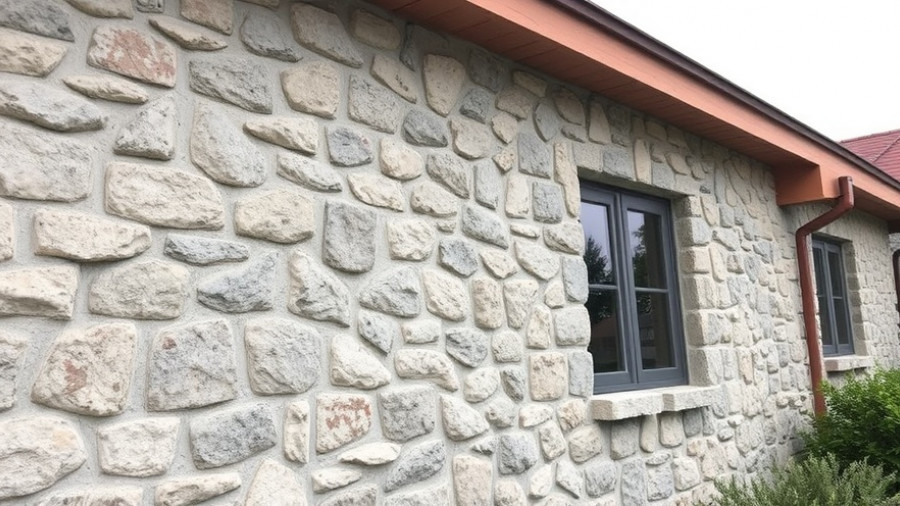
Understanding Stucco and Continuous Insulation: A Game Changer in Construction
As construction continues to evolve, builders and architects are increasingly focused on solutions that enhance energy efficiency and sustainability. One such innovation is the combination of stucco and continuous insulation. This pairing addresses many of the challenges associated with energy loss, moisture control, and building durability.
Energy Efficiency: The Key Benefit
Continuous insulation significantly reduces thermal bridging, an issue where heat escapes through parts of the building structure. By placing insulation continuously around the structure, there are fewer gaps compared to traditional insulation methods. This is particularly pertinent when using stucco, which can serve as an effective exterior finish while offering excellent protection against weather elements. In a world where energy efficiency is paramount, this innovation represents a big step forward.
Building Durability through Innovation
Combining stucco with continuous insulation not only improves energy performance but also enhances the overall durability of structures. Stucco, with its robust nature, acts as a protective barrier against environmental stresses. When paired with effective insulation, it helps in preventing moisture infiltration, which is crucial in maintaining the integrity of the building. This pairing ensures that the aesthetic appeal of the building does not come at the cost of performance.
The Green Building Movement
In alignment with the green building movement, the integration of continuous insulation into stucco applications is particularly relevant. As awareness grows around sustainable practices, more builders are considering solutions that minimize environmental impact. By employing materials that are sustainably sourced and methods that utilize better insulation techniques, the construction industry can reduce its carbon footprint significantly.
Practical Tips for Implementation
For contractors looking to incorporate stucco and continuous insulation, here are several insights:
- Research Local Codes: Ensure that your insulation methods and materials align with local building codes—some regions have specific requirements for insulation.
- Select Quality Materials: Not all stucco and insulation products are created equal. Opt for brands known for durability and sustainability.
- Consult Experts: Work with architects and engineers familiar with the latest insulation techniques to maximize effectiveness.
The Future of Building Design
As the field of construction continues to evolve with technology and environmental needs, integrating advancements like continuous insulation with traditional materials like stucco offers a path toward a more sustainable future. This approach not only meets the current demands of safety and efficiency but sets a precedent for innovative building designs. With sustainability in focus, the construction industry stands on the brink of transformative change. Builders who embrace these innovations will not only contribute to a healthier planet but also enhance their competitive edge.
In conclusion, the integration of stucco and continuous insulation is not just a trend but a necessary adaptation for modern construction. By focusing on energy efficiency and durability, professionals can drive forward the vision of sustainable building practices in an ever-evolving industry.
 Add Row
Add Row  Add
Add 




Write A Comment